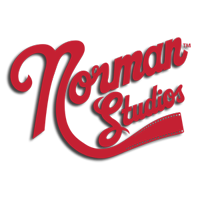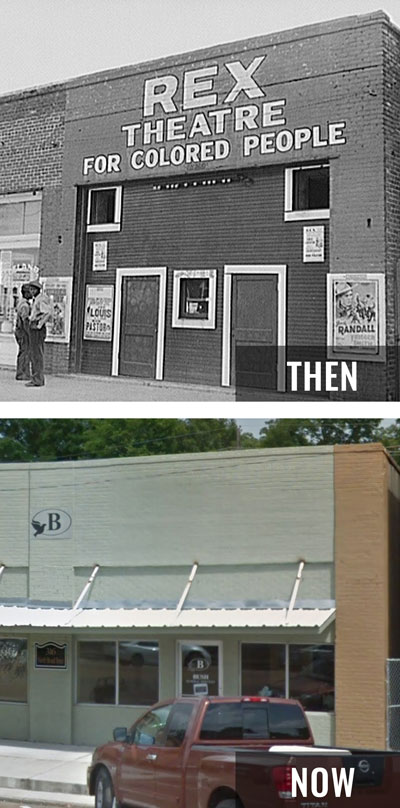AN INTRODUCTION TO EARLY RACE FILMMAKERS
These black-produced and black-cast movies (called “race movies” or “race pictures,” because they were intended primarily for black audiences and shown predominantly in black theaters on the race circuit) did not, by any means, shatter the worst of the stereotypes of blacks that had been introduced by filmmakers from Edwin S. Porter to D. W. Griffith or halt the negative racial imagery that dominated American film. But they did offer a response to those troubling depictions and a challenge to other movie producers to strive for more balanced racial and ethnic portrayals in their pictures. And they took up the call to “duty” that publisher Lester Walton issued in the New York Age (September 18, 1920): “to present the Negro in a complimentary light, . . . to gladden our hearts and inspire us by presenting characters typifying the better element of Negroes” (Regester, “Press”)[2].
An expression of group consciousness, race movies essentially created a separate community, one that most white filmmakers simply did not see and could not understand. Thus they became a source of pride for black filmmakers as well as for black viewers, who identified them as products that were created by and for the community. According to Pearl Bowser and Louise Spence[3], “race consciousness and identification were cohesive and binding forces and these movies were an articulation of self that challenged the dominant culture’s ordering of reality.” Of particular significance, as Jane Gaines[4] suggests, was “the way in which they would be counter-hegemonic without symmetrically ‘countering’ white culture on every point; for their oppositionality, if it could be called that, was in the circumvention, in the way they produced images that didn’t go through white culture. Seen by blacks, unseen by whites, race movies featured an all-black world, a Utopian vision of ‘all-black everything.’” Although almost all were under-financed, technically inferior to the Hollywood product, and poorly distributed, the early black independent films were in themselves, remarkable achievements.
The most significant and influential early race filmmakers were the Johnson Brothers (Noble and George Johnson), Oscar Micheaux, and Richard E. Norman. But there were numerous other producers, many of them now forgotten or understudied, who also made valuable contributions to the race film industry and to American cinema history.

